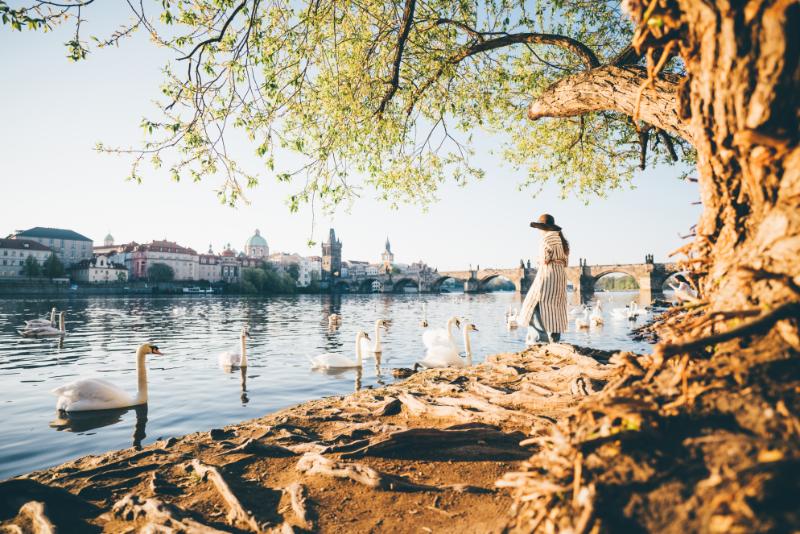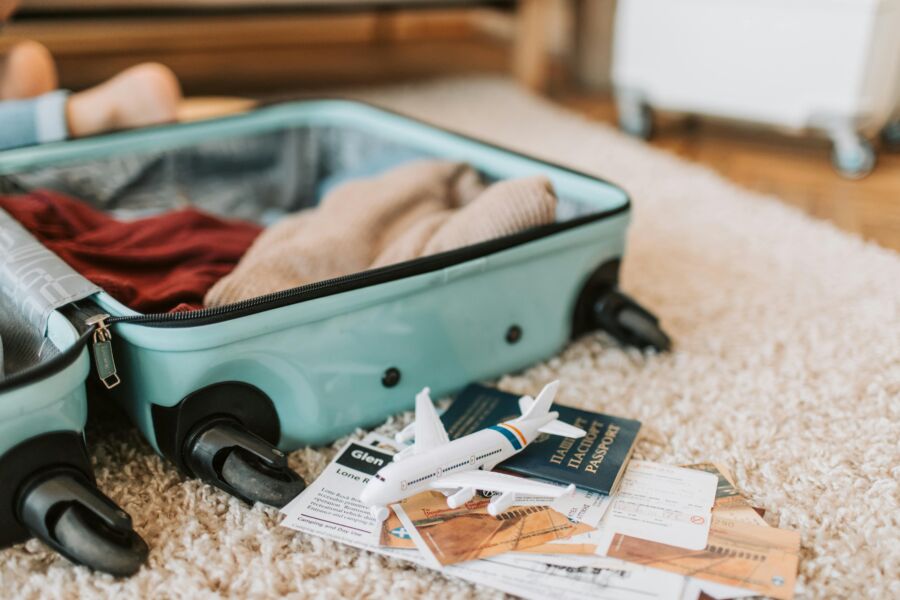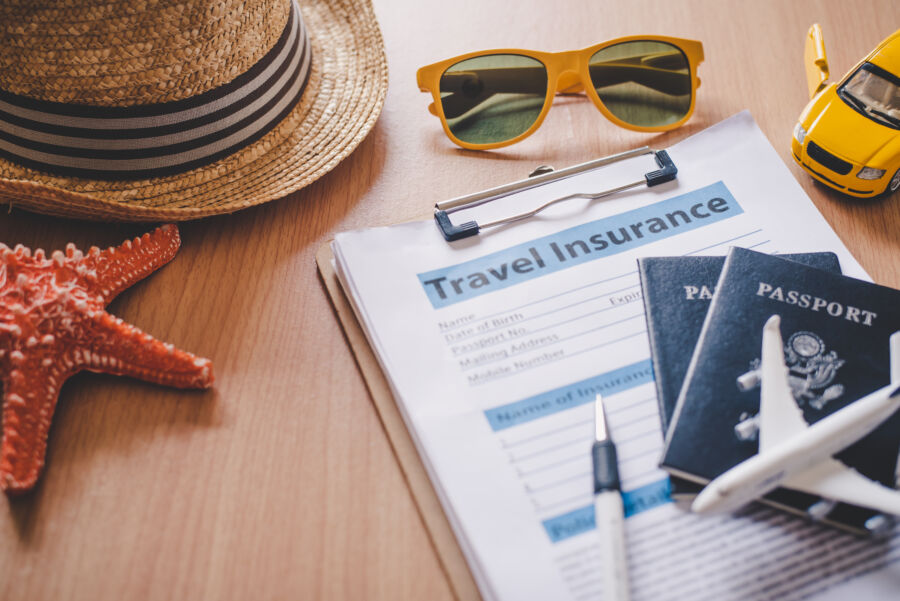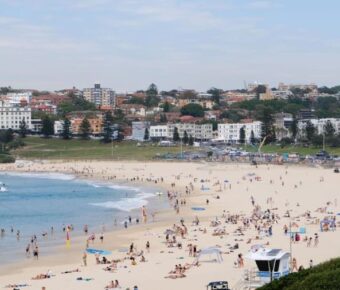
High School Europe Trip Cost: Affordable Adventure Under $3000
Planning a high school trip to Europe is an exciting adventure, but it can also be pricey. You might wonder if it’s worth the cost. The good news is that these trips can be amazing experiences for students. Travel companies typically partner with schools to plan these trips. This helps keep costs lower and makes sure everything runs smoothly.
High school Europe trips usually cost between $3,000 to $8,000 per student for 10-30 day programs. This price usually covers flights, hotels, most meals, and guided tours.
Europe offers so much for young travelers to see and do. You can walk through ancient ruins in Rome, gaze at world-famous art in Paris, or bike along canals in Amsterdam. These trips mix fun with learning as you explore different cultures and histories.
When you’re looking at trip costs, remember that longer trips to more countries will cost more. A 10-day trip to one or two countries will be cheaper than a month-long tour of Western Europe. But no matter the length, a high school trip to Europe can be a life-changing experience that’s worth saving up for.
Contents
- Key Takeaways
- Determining the Trip Cost
- Average Cost Breakdown
- Seasonal Pricing Variations
- Travel Insurance Considerations
- Choosing a Destination
- Popular European Destinations for High Schoolers
- Cost Comparison between Cities
- Cultural and Educational Components
- Historical Sites and Excursions
- Language and Cultural Immersion
- Trip Itinerary Planning
- Creating a Cost-Effective Itinerary
- Incorporating Free Cultural Activities
- Accommodation Options
- Hotels versus Hostels
- Group Accommodation Discounts
- Transportation Logistics
- Navigating Public Transport
- Cost-Benefit of Eurail Passes
- Food and Dining
- Eating on a Budget
- Experiencing Local Cuisine
- Packing and Preparation
- Essentials for European Travel
- Minimizing Luggage to Save Costs
- Travel Insurance and Safety
- Evaluating Insurance Options
- Safety Tips for Young Travelers
- More Travel Guides
Key Takeaways
- High school Europe trips cost $3,000-$8,000 for 10-30 days
- Trips include guided tours of famous sites and cultural experiences
- Longer trips to more countries cost more but offer broader exposure
Determining the Trip Cost
Planning a high school Europe trip requires careful budgeting. Let’s break down the key factors that influence costs and how to manage them effectively.
Average Cost Breakdown
A typical high school Europe trip ranges from $2,800 to $6,000 per student. This price tag covers the essentials:
- Airfare: $600-$1,200 round-trip
- Accommodations: $50-$100 per night
- Meals: $30-$50 per day
- Transportation: $20-$40 per day
- Entrance fees: $15-$30 per attraction
Your itinerary plays a big role in the final price. Popular cities like Paris or Rome tend to be pricier than lesser-known destinations. Group size matters too – larger groups often get better rates.
Seasonal Pricing Variations
Timing is everything when it comes to saving money on your Europe trip. Summer is peak season, with higher prices across the board. If your school allows it, consider these alternatives:
- Spring (April-May): Mild weather, fewer crowds, lower prices
- Fall (September-October): Pleasant temperatures, harvest festivals, better deals
- Winter (November-March): Cheapest rates, but cold weather and shorter days
Some travel programs offer special rates for off-season trips. It’s worth exploring these options to stretch your budget further.
Travel Insurance Considerations
Don’t overlook travel insurance for your high school Europe trip. It’s a small cost that can save you big headaches. Here’s what to look for:
- Trip cancellation coverage
- Medical emergencies and evacuation
- Lost or delayed baggage protection
- 24/7 travel assistance
Expect to pay about 4-8% of your total trip cost for comprehensive coverage. Some school-sponsored programs include basic insurance, but you might want to buy extra protection for peace of mind.
Remember, the cheapest option isn’t always the best. Read the fine print and choose a policy that fits your needs and budget.
Choosing a Destination

Picking the right European city for your high school trip can make or break your experience. It’s all about balancing your interests with your budget. Let’s look at some top spots and compare costs to help you decide.
Popular European Destinations for High Schoolers
Paris is a classic choice that never goes out of style. You’ll fall in love with the Eiffel Tower, world-class museums, and charming cafes. Rome offers ancient history at every turn, from the Colosseum to the Vatican. Barcelona wows with Gaudi’s funky architecture and beautiful beaches.
For a change of pace, try Amsterdam’s bike-friendly streets and cool art scene. Prague charms with its fairy-tale castle and affordable prices. Dublin’s friendly locals and lively pubs make for an unforgettable trip.
Germany offers a mix of history in Berlin and fairytale castles in Bavaria. Italy’s smaller cities like Florence are packed with art and amazing food. Spain’s coastal towns give you sun, sand, and culture.
Cost Comparison between Cities
Prices can vary a lot between European cities. Paris and Rome tend to be on the pricier side, with hostels around €30-40 per night. Meals can set you back €15-25 each.
Barcelona and Amsterdam fall in the middle range. Expect to pay €25-35 for a hostel bed and €12-20 for meals. Nice surprises with slightly lower prices despite its glamorous reputation.
Prague and Dublin are budget-friendly gems. Hostels go for €15-25, while meals average €8-15. You’ll get more bang for your buck in these cities.
Remember, prices can change based on the season. Summer is priciest, while fall and spring offer better deals. Mix and match destinations to stretch your budget further.
Cultural and Educational Components

A Europe trip for high school students offers many chances to learn about history and experience different cultures. These trips mix fun with learning in unique ways.
Historical Sites and Excursions
You’ll get to see famous places you’ve only read about in books. The Eiffel Tower in Paris is a must-visit. It’s taller than you might think! You can take an elevator to the top for amazing views of the city.
Notre Dame Cathedral is another Paris highlight. Even though it’s being fixed after a fire, you can still see its beautiful outside.
The Louvre is huge. You could spend days there! But most school trips give you a few hours to see the main works like the Mona Lisa.
Don’t miss the Musée d’Orsay if you like art. It’s in an old train station and has lots of famous paintings.
Language and Cultural Immersion
Your trip will help you use the language skills you’ve learned in class. You might stay with a local family for a few days. This lets you practice speaking and learn about daily life.
Many trips include cooking classes or food tours. You’ll try new dishes and learn how they’re made. This is a fun way to understand the culture.
Some programs have you volunteer or do a project with local students. It’s a great way to make friends and see how teens in other countries live.
You might also get to see a play or concert. These show you the arts scene in each place you visit.
Trip Itinerary Planning

Planning your Europe trip itinerary can make a big difference in your overall costs and experiences. A well-crafted plan balances must-see sights with budget-friendly options, letting you make the most of your time and money.
Creating a Cost-Effective Itinerary
Start by picking a mix of pricier and cheaper destinations. Eastern European countries like Hungary or Poland often cost less than Western hotspots. Group nearby places together to cut travel costs. Look for multi-city flights to save on airfare.
Try to stay at least 3 nights in each spot. This cuts down on travel days and lets you dig deeper into local culture. Book trains and buses in advance for the best deals. Consider overnight trains to save on a night’s lodging.
Don’t overstuff your schedule. Leave room for spontaneous adventures and rest days. This flexibility can lead to unexpected finds and help you avoid burnout.
Incorporating Free Cultural Activities
Europe brims with free ways to soak up culture. Many cities offer free walking tours where you just tip your guide. These give you a great intro to a new place.
Museums often have free or discounted days each month. Plan your visits around these to trim costs. Churches, parks, and markets are perfect for people-watching and local vibes at no cost.
Look for free festivals and events happening during your trip. Summer brings tons of outdoor concerts and celebrations. Picnicking in parks is a cheap way to enjoy local foods. Wandering charming neighborhoods costs nothing but gives you a real feel for daily life.
Book Things To Do, Attractions, and Tours in advance to snag early bird discounts on must-do excursions.
Accommodation Options

Choosing where to stay can make or break your high school Europe trip budget. Let’s look at some key options to keep costs down while still having a great experience.
Hotels versus Hostels
Hotels offer privacy and comfort, but they’re usually pricier. A basic hotel room in major European cities might set you back $100-150 per night. Hostels are way cheaper, often $20-40 per night for a dorm bed. You’ll share rooms with other travelers, which can be fun for meeting people. Many hostels have kitchens too, so you can cook meals to save money. Some even offer private rooms if you want more space.
Hostels often have cool social areas and organize group activities. This makes it easy to make friends from all over. But they can be noisy, and you might have to share bathrooms. It’s a trade-off between cost and comfort.
Group Accommodation Discounts
Traveling with your school? You might score big group discounts on hotels or hostels. Some places offer 10-20% off for groups of 10 or more. You could also look into renting whole apartments or houses. This works great for bigger groups and gives you a home base to chill out.
Don’t forget about homestays! Living with a local family can be super cheap and gives you a real taste of European life. It’s a great way to practice language skills too. Some exchange programs set these up, or you can find them online. Just make sure to check reviews and stay safe.
Transportation Logistics

Getting around Europe efficiently can make or break your high school trip budget. Smart transport choices save money and maximize your time exploring.
Europe’s public transit systems are top-notch. Buses and metros in big cities like Paris and Rome are cheap and easy to use. Buy multi-day passes to save cash. In smaller towns, buses work well for day trips. Download transit apps before you go. They give real-time updates and route planning. Remember, trains between cities are often faster than buses. But they cost more too. Mix and match to fit your budget.
Cost-Benefit of Eurail Passes
Eurail passes can be a good deal if you plan lots of train travel. But do the math first. Compare the pass price to individual ticket costs for your itinerary. Passes work best for longer trips with many stops. They give you flexibility to change plans. Youth passes (up to age 27) offer big savings. But some countries charge extra fees even with a pass. And you might need to book seats ahead on popular routes. Consider a mix of passes and point-to-point tickets based on where you’re going.
Food and Dining

Eating in Europe can be a highlight of your high school trip, offering tasty local dishes and cultural experiences. But it’s important to balance exploring new cuisines with sticking to your budget.
Eating on a Budget
You can save money on food by mixing cheap eats with nicer meals. Grab breakfast at local bakeries or cafes – a croissant and coffee in Paris might cost €5-7. For lunch, try street food or grab sandwiches from markets. In Italy, a slice of pizza costs €2-4. Grocery stores are great for snacks and picnic supplies. Some hostels have kitchens where you can cook simple meals.
Fast food chains are cheap options, with meals around €7-10. But don’t eat there too often or you’ll miss out on local flavors. Look for “menu del dia” lunch specials in Spain or “plat du jour” in France for affordable sit-down meals, usually €10-15.
Experiencing Local Cuisine
Set aside some money to try authentic local dishes. In Nice, visit the Cours Saleya market to sample regional specialties. Most European cities charge €20-40 per person for a sit-down dinner. Splurge on a few memorable meals to taste local flavors.
Don’t miss iconic treats like gelato in Italy (€2-4 per scoop) or crepes in France (€3-6). Ask locals or your trip leader for recommendations on where to find the best food. Some trips include cooking classes where you can learn to make regional dishes – a fun way to dive into the culture through food.
Try eating your main meal at lunch when prices are often lower than dinner. And remember, tipping isn’t always expected in Europe like it is in the US.
Packing and Preparation

Getting ready for your Europe trip takes some smart planning. Here’s how to pack efficiently and save money on luggage fees.
Essentials for European Travel
Start with a sturdy backpack or small rolling suitcase. Pack versatile clothes you can mix and match – think layers for changing weather. Bring comfy walking shoes, a rain jacket, and a day bag for sightseeing. Don’t forget your passport, some euros, and a universal power adapter.
Pack mini toiletries to save space. Bring any meds you need, plus basics like pain relievers and band-aids. A refillable water bottle and some snacks will come in handy too.
Tech-wise, your phone is key for maps and translating. Consider a portable charger. Leave valuables at home – just bring what you really need.
Minimizing Luggage to Save Costs
Packing light saves you money and hassle. Many budget airlines charge hefty fees for checked bags. Stick to carry-on size if you can.
Roll your clothes instead of folding to fit more. Use packing cubes to stay organized. Wear your bulkiest items on travel days to save space.
Plan to do laundry during your trip so you can pack less. Hostels often have laundry facilities.
Buy toiletries when you arrive instead of packing full-size bottles. Share items with your travel buddies to lighten everyone’s load.
Remember, you can always buy things you need in Europe. Don’t stress about packing everything – focus on the essentials.
Travel Insurance and Safety

Protecting yourself on a high school trip to Europe is crucial. Smart insurance choices and safety practices can prevent headaches and give parents peace of mind.
Evaluating Insurance Options
Travel insurance is a must for your Europe trip. It covers unexpected issues like trip cancellations, lost luggage, and medical emergencies. Most policies cost 5-10% of your total trip price. For a $4,000 trip, expect to pay $200-400 for insurance.
Look for plans that cover:
- Emergency medical care
- Trip cancellation/interruption
- Lost or delayed baggage
- 24/7 travel assistance
Some insurers offer special student plans. These may be cheaper and tailored to your needs. Ask if your school’s trip includes any insurance. You might need extra coverage.
Safety Tips for Young Travelers
Stay safe by being smart and aware. Here are key tips:
- Keep your passport safe. Make copies and store them separately.
- Use a money belt under your clothes for cash and cards.
- Stay with your group. Don’t wander off alone.
- Be careful with public Wi-Fi. It’s not always secure.
- Know emergency numbers for each country you visit.
Watch out for pickpockets in crowded tourist spots. Keep your bag close and be alert. Don’t flash expensive items or large amounts of cash.
Learn a few key phrases in the local language. It can help in tight spots. And always trust your gut. If something feels off, leave the situation.



